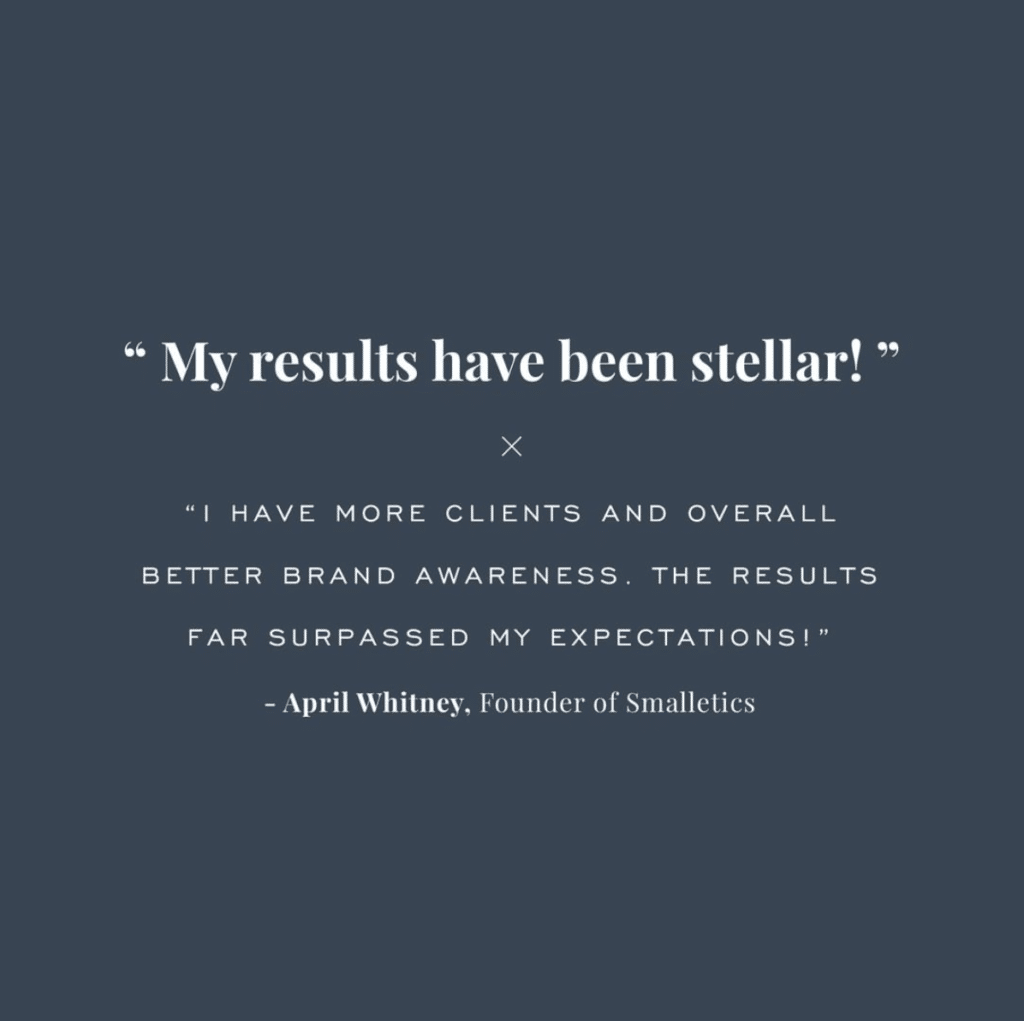What method(s) are you using to get your business in front of the right audience: paid marketing or organic marketing?
In other words, is your digital marketing content (social media posts, blog posts, emails, etc.) something you’re paying money to run in front of a specific number of users?
Or is it something you’ve just created and shared with your audience as a part of maintaining an active online presence for your business?
Here’s the thing: Organic marketing and paid marketing both have their benefits. But to maximize their effect, you should be using them together. If you’re not doing both, whichever method you’re doing might not be as effective on its own.
Today we’re talking to you about the goals you should be setting with your organic content vs. paid content, and what you can expect to see happen when you’re posting consistent, high-quality content in addition to your paid content.
Organic Marketing: Pros and Cons
Organic content is anything you share to social media without paying for it. You know: the kind of post you would share on social media if you were just an ordinary person. Except you’re not an ordinary person — you’re a business. And social media algorithms know that.
In fact, social media algorithms have been increasingly harder on business pages over the past few years. Facebook and Instagram know their users want to see posts from their friends and family, not necessarily from brands.
But organic marketing is good for brand awareness. It humanizes your business and builds community around you.
Organic marketing also helps you understand your audience based on how they engage with your content. For example:
- Do they respond well to customer testimonials?
- Do they respond well to benefits over features?
- Do they respond better when you’re appealing to their sense of luxury or their sense of practicality?
All of these can help you develop better paid marketing strategies.
Unfortunately, organic marketing doesn’t have the same reach potential as paid marketing. And organic marketing that gets too promotional is rarely received well by social media users.
Paid Marketing: Pros and Cons
The obvious downside of paid marketing is that you have to pay — it isn’t free, as organic content is.
But paid marketing will often reach a larger audience, and you have the option of targeting specific demographics you want your content shown to.
Paid marketing is also different from organic marketing because it’s entirely appropriate to have a call to action. In fact, a paid ad should have a call to action — you’re paying to get your message in front of people, so tell them what you want them to do. Make a purchase? Sign up for your newsletter?
Paid advertisements are the ideal method for announcing your newest products, generating leads, and driving sales.
Why You Should Use Organic and Paid Marketing Together
If you’re going the either/or route when it comes to organic and paid marketing, you’re missing out.
That’s because posting consistent, high-quality content could potentially increase traffic to your website and social media accounts and even lower costs per actions (CPAs) on your posts.
In other words, you’ll be paying the same amount to advertise, but a lot more people will be coming to your website to spend money.
We see this happen all the time with our clients.
For example, a couple of our clients have recently started sending email newsletters to build their customer base and stay in touch with their audience. These businesses have seen that this kind of organic marketing (a consistent newsletter) has contributed to their increased business. They haven’t upped their budget on paid ads, but they’re bringing in more revenue.
Paid ads might even boost the success of your organic content. When you run a paid ad, social media algorithms tend to favor your organic posts for at least a short period of time.
Tips for Creating Organic Content
If you’re ready to up your organic marketing efforts, start by creating a content calendar. Planning your blog posts, social media posts, and other online marketing efforts in advance will help you ensure that:
- You’re creating content consistently, which will lead to greater reach.
- You’re being mindful about your content, which will lead to higher quality.
Don’t forget to track the results of both your paid marketing and organic marketing. How are they lining up together? Are you seeing consistency, or are there differences in the way your efforts are performing? How has the increased activity on your platforms affected your CPAs?
Create Paid Posts That Convert!
If you already have a highly successful organic presence, great! You have that half of the equation solved.
But if you need help creating paid advertisements that will convert more followers to customers (especially if your organic content is already giving you a strong understanding of your audience), that’s where we come in. Reach out to us today to book a discovery call or request a case study!







